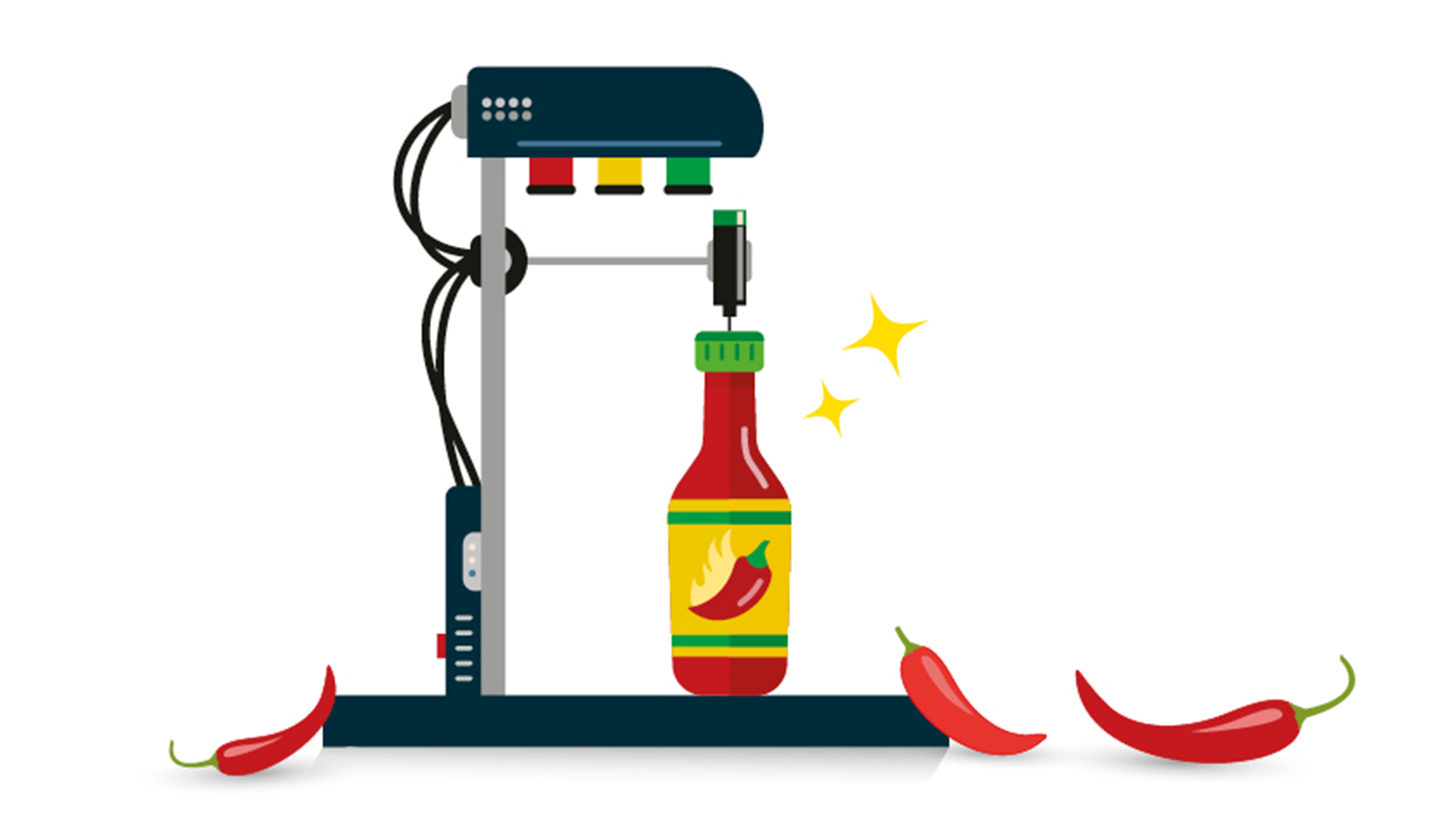Text: Thomas Masuch, 8 September 2023
Not all that long ago, a microscopic virus managed to bring the whole world to a near-complete halt. Countless factories fell silent, while those who were willing and/or able to work often found themselves bereft of the necessary materials. There wasn’t enough metal, paper, or plastic (to name just a few essentials), which sent prices soaring. Memory chips in particular were in short supply, and over the past two years, this had perhaps the most sustained impact on the development of a number of industries.

A recent survey conducted by the German ifo Institute found that even now, around 60 percent of the companies in the automotive industry are dealing with supply bottlenecks. In mechanical engineering, that figure has only just fallen below 50 percent again. The situation is less fraught in other sectors, though: The chemical industry is even reporting issues in moving product because customers are working through their existing stocks and (in the opinion of some chemical executives, of course) not ordering enough to replenish them.
Meanwhile, a less prominent branch of industry was dealing with a supply chain problem of its own in recent weeks – and this one must be the first of its kind. A leading company in the sector had to scale back production at its plant in California due to a shortage of a very specific raw material: chili peppers. Huy Fong Foods is one of the world’s biggest producers of sriracha sauce, which is a well-known way to give a spicy kick to almost any dish, especially in the United States.
The red jalapenos that go into sriracha mainly come from Mexico, which has been suffering from a drought. The sauce has become so hard to find (particularly in Mexico’s neighbor to the north) that some devotees have been willing to pay more than a hundred U.S. dollars for a bottle bearing that famous white rooster – or to simply steal one from a restaurant.
Thankfully, the sriracha shortage hasn’t reached us here in central Europe yet, perhaps because brands like Thailand’s Flying Goose are here to guarantee an uninterrupted supply of spicy sauces. Should that ever change, we’ll need to remember one of the lessons we learned during our last major crisis: Stick to decentralized production, ideally with the help of 3D printing and locally sourced materials. While the technologies and recipes this would require are more or less ready to go, the local sourcing aspect would probably prove considerably more difficult. In Germany, no one in their right mind would have thought to grow red jalapenos this summer. Mainly all through July and well into August, we had rain almost every day and temperatures between 15 and 20 degrees Celsius (60–70° F). Come to think of it, adding some spice to our diets would have been a very good idea – if only to keep warm!
Tags
- Outside the box
